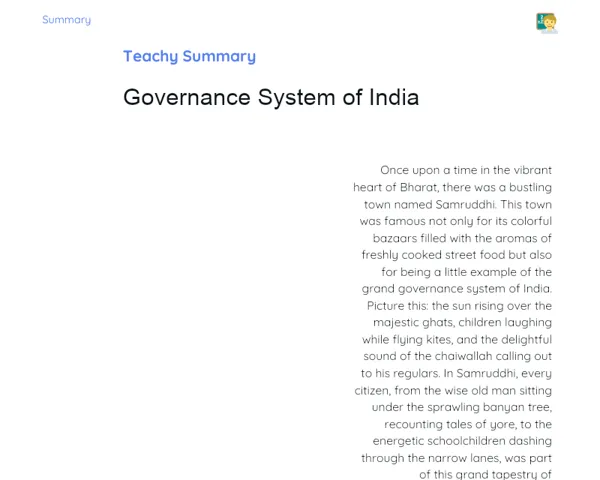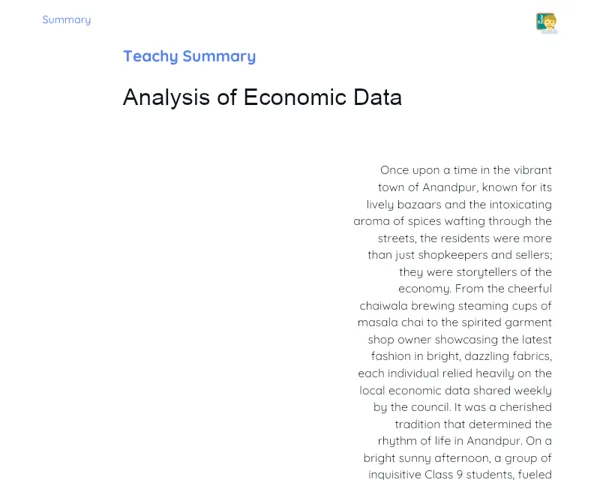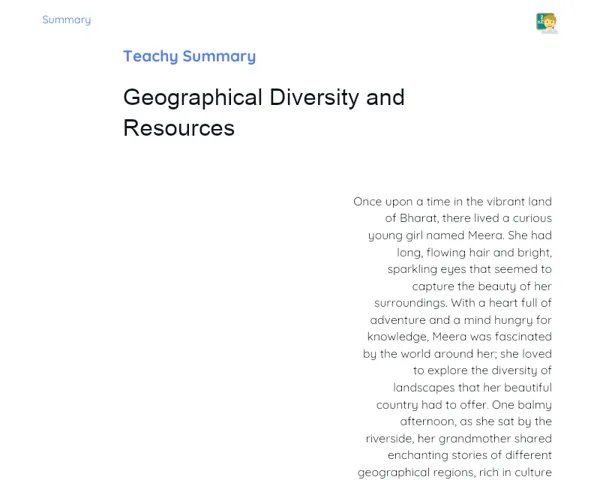Traditional Summary | Jurisdiction of Both Governments
Contextualization
Did you know that the balance of power between state and central governments shapes the daily lives of more than a billion people in India? 🌏 From the bustling markets of Mumbai to the serene landscapes of Kerala, laws and policies crafted by both levels of government significantly influence economic activities, education systems, and healthcare services. Understanding this jurisdiction is not just a matter of political science; it’s about grasping how decisions made in dusty offices in Delhi or state capitals affect our communities and livelihoods.
Imagine a scenario where your school decides to conduct a special event to promote local culture. The permissions required, funding support received, and even the educational programs introduced might involve collaboration between state and central authorities. This interdependence can break barriers and unleash creativity, making our cultural identity richer! When we learn about the jurisdictions of both governments, we also learn how to navigate and leverage these systems in our own lives. 🎉
Importantly, the impact of these jurisdictions extends beyond the confines of government desks. Recent debates on issues such as climate change, public health, and education reform have underscored the necessity for coordinated efforts between state and central governments. The next time you debate environmental policies or the quality of your education, remember that you are at the heart of this essential dialogue. So let’s dive deeper into understanding how these governments operate, their jurisdictions, and the substantial roles they play in shaping our future! 🚀
To Remember!
Separation of Powers
The core principle of jurisdiction revolves around the separation of powers between the state and central governments. This model ensures that no single authority wields excessive power, fostering a system of checks and balances. In India, the Constitution meticulously delineates the responsibilities and authorities of both levels of government. The central government manages national interests like defence and foreign affairs, while state governments take charge of local matters such as education, health, and agriculture. This separation not only helps prevent misuse of power but also allows each level to address specific issues effectively, providing a tailored approach to governance.
-
- Checks and Balances: This system ensures that both governments can regulate each other, making governance more accountable. For instance, if a state law contradicts the central law, mechanisms exist to resolve such disputes, usually through the judiciary.
-
- Local Governance Empowerment: State governments are closer to the citizens, which means they can tailor policies that better respond to local needs and cultural contexts. For example, education policies in a state like Tamil Nadu may focus on regional languages to promote local culture, whereas central policies may be more uniform.
-
- Adjustment to Local Needs: The decentralization of responsibilities allows states to innovate and implement strategies reflecting their unique demographic and socio-economic conditions. This helps in effectively addressing regional issues, such as infrastructure development or disaster management, which differ across states.
Concurrent Jurisdiction
In many cases, both state and central governments have overlapping responsibilities, referred to as concurrent jurisdiction. This means that both levels can legislate on certain subjects listed in the Concurrent List of the Constitution. For instance, education and marriage are topics where both governments can enact laws. However, if there is a conflict between state and central laws, the central law prevails. This system allows for flexibility and efficiency but also requires effective communication and cooperation between the two levels of government to ensure consistent policy application.
-
- Legislative Collaboration: When both governments legislate on the same topic, it encourages dialogue and cooperation between state and central authorities, fostering a collaborative spirit in governance. For example, joint initiatives on education reform can lead to improved outcomes.
-
- Policy Harmonization: Concurrent jurisdiction allows states to implement local adaptations of central policies, ensuring that unique regional characteristics are taken into account. This can lead to more effective solutions, especially in diverse societies like India.
-
- Conflict Resolution Mechanisms: The Constitution provides frameworks for resolving conflicts between state and central laws, usually through judicial review, ensuring that legal disputes are settled fairly and promptly.
Impact of Jurisdiction on Citizens
Understanding the jurisdictions of both state and central governments is essential for citizens, as it affects their daily lives in numerous ways. From taxation to health services, the laws passed at both levels play a pivotal role in shaping the quality of life. Local issues, like public transport, street lighting, or waste management, are typically the responsibility of the state government, while the central government may influence broader policies like rural development and industrial regulations. This governance structure enables citizens to hold their leaders accountable for the services and infrastructure provided.
-
- Citizen Engagement: Knowledge of jurisdiction empowers citizens to actively participate in governance—be it through voting, peaceful protests, or community initiatives. Engaged citizens can influence decisions impacting their lives.
-
- Rights and Responsibilities: Familiarity with the laws and policies enacted at both levels equips citizens to understand their rights and responsibilities better, encouraging civic participation and awareness.
-
- Impact on Daily Life: The jurisdiction directly influences numerous aspects of daily life, such as education standards, healthcare accessibility, and employment opportunities, making it vital for students to grasp these connections.
Key Terms
-
- Jurisdiction: The authority or control given to governmental entities to make legal decisions and enforce laws.
-
- Separation of Powers: A model for governance where the powers of government are divided among different branches to prevent the concentration of power.
-
- Concurrent List: A list in the Constitution of India outlining subjects on which both the central and state governments can legislate.
-
- Checks and Balances: A principle whereby each branch of government can limit the powers of the others, promoting accountability in governance.
Important Conclusions
As we wrap up our exploration of the jurisdictions of both state and central governments, it's vital to recognize how each government impacts our lives on a daily basis. From ensuring our safety through defence policies to providing quality education and healthcare, the separation of powers is designed to ensure that governance is efficient, accountable, and responsive to our diverse needs. We must grasp the importance of these roles—because the decisions made by our representatives shape our communities in profound ways. So next time you engage in discussions about local issues or national policies, remember: you are wielding the power of this knowledge! ✊
Moreover, understanding the distinction between state and central jurisdictions allows us as active citizens to hold our leaders accountable. Whether it's through voting, advocating for local concerns, or participating in community initiatives, your voice matters! Each of you can play a significant role in influencing how laws and policies come to be, making this topic not just academic, but a crucial part of your everyday life. So, keep this conversation alive, discuss with your friends and families, and stay curious! 🌟
Study Tips
-
- Engage with Current Events: Keep an eye on local and national news regarding government policies. Discuss these topics with your parents or friends to deepen your understanding of how they affect your daily life.
-
- Explore Government Websites: Visit official state and central government websites to learn about ongoing projects and initiatives. This will give you real-time insight into how both levels of government operate.
-
- Debate and Discuss: Form study groups where you can debate the impact of various laws or policies. This will help you articulate your thoughts and understand different viewpoints, strengthening your grasp on the subject.



